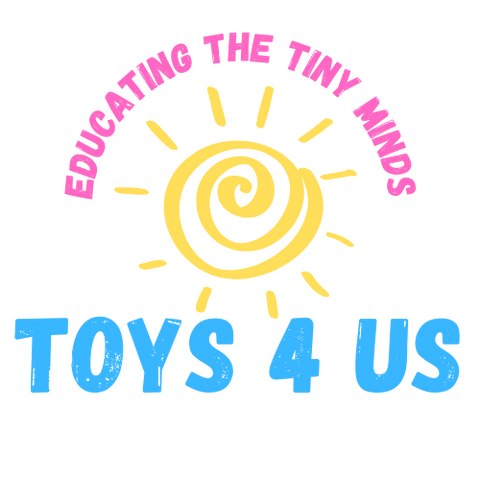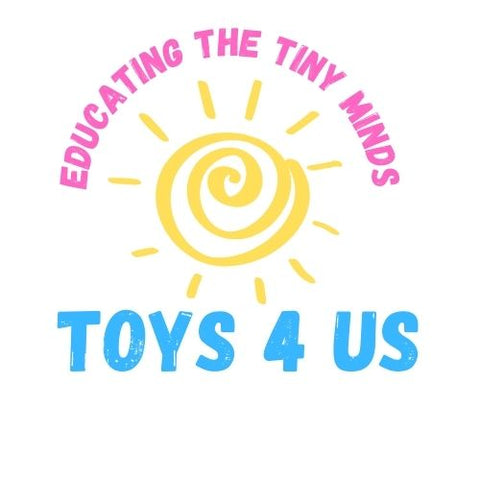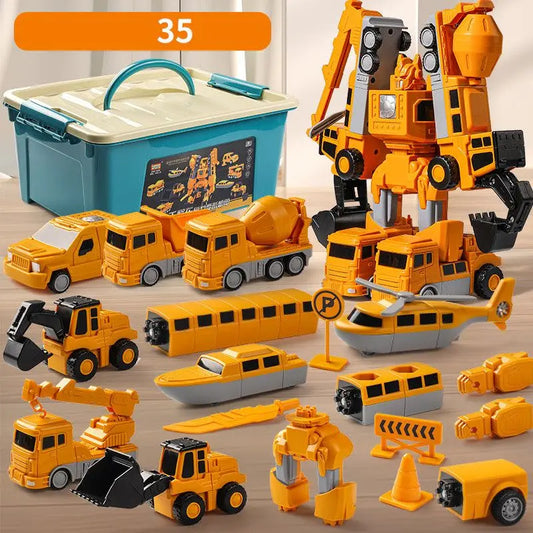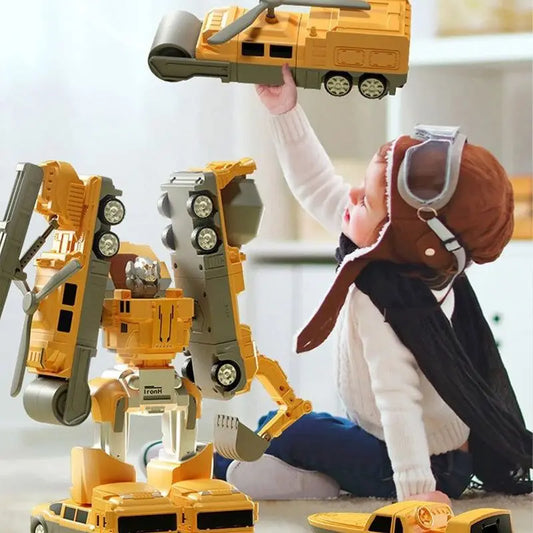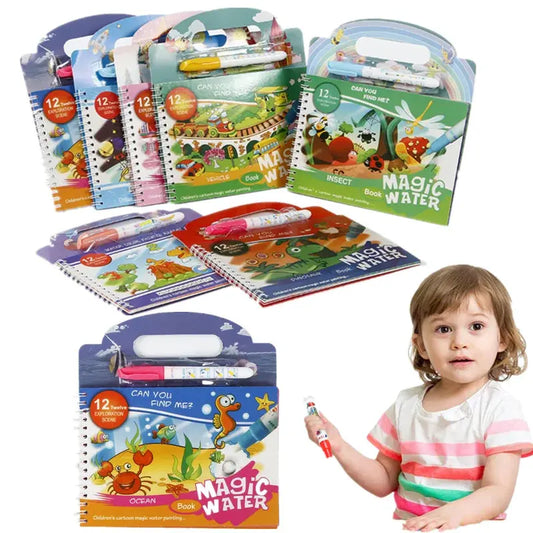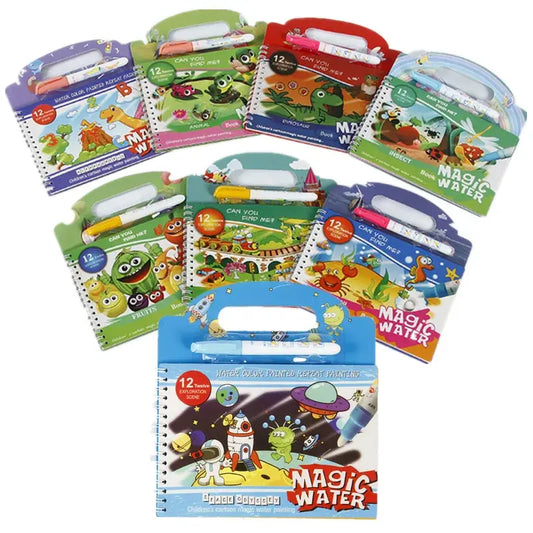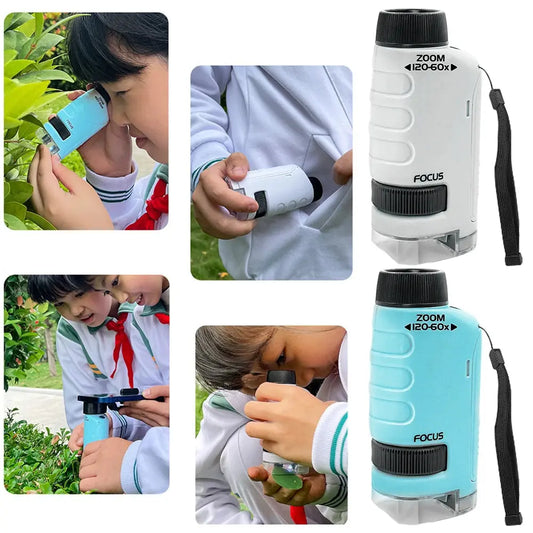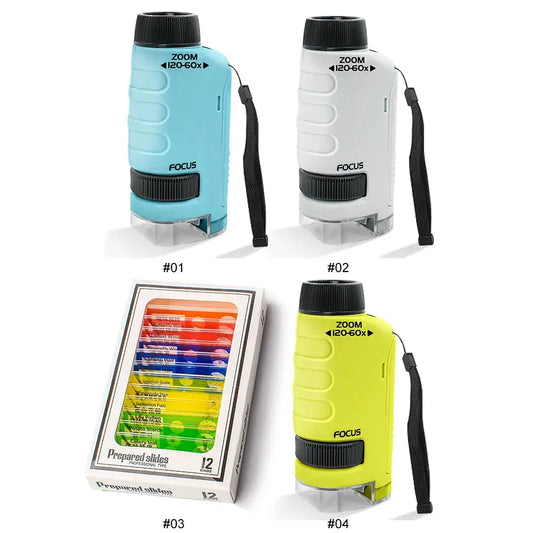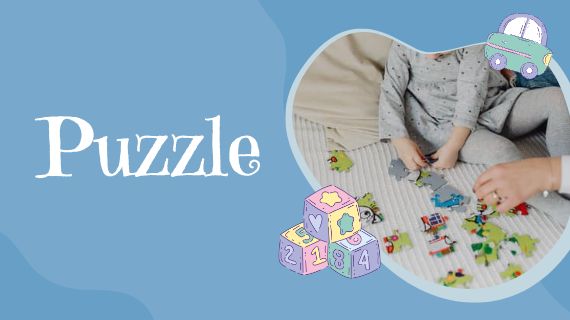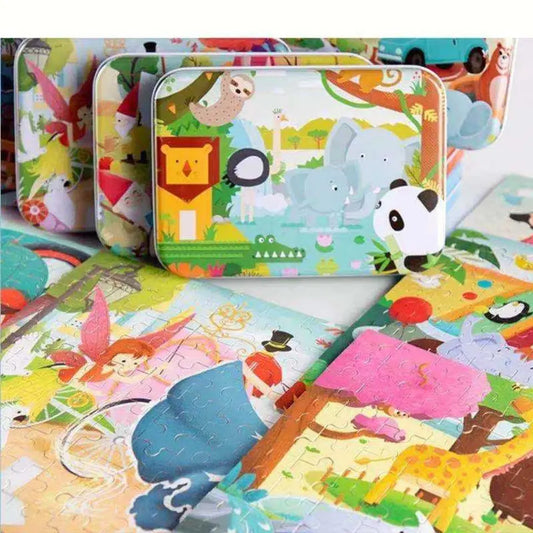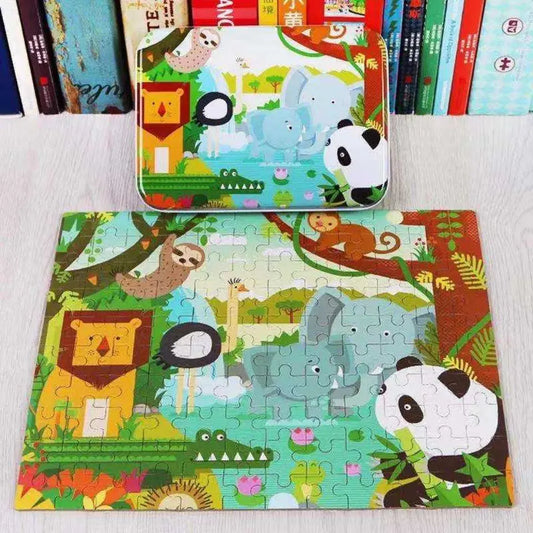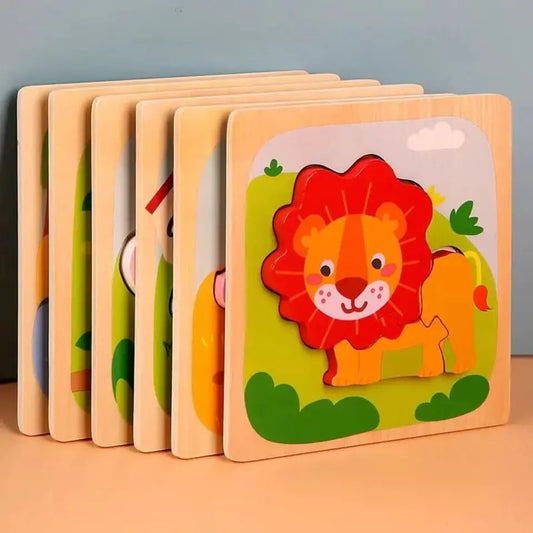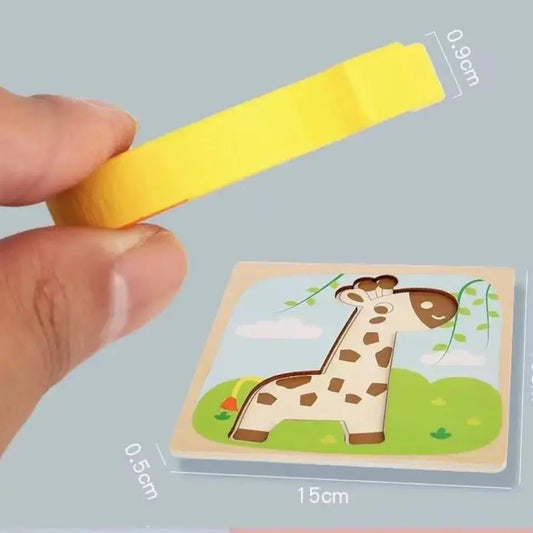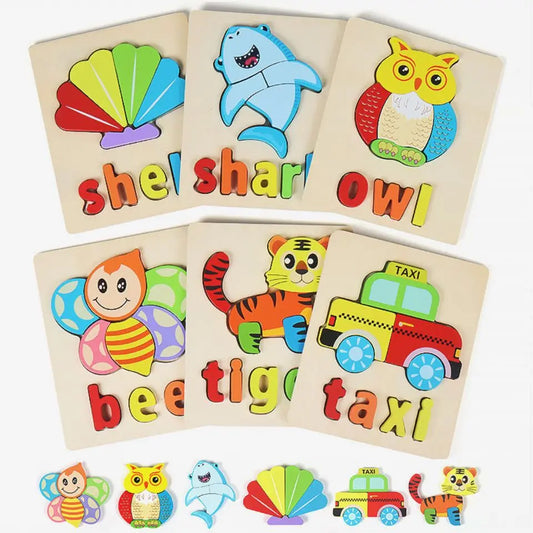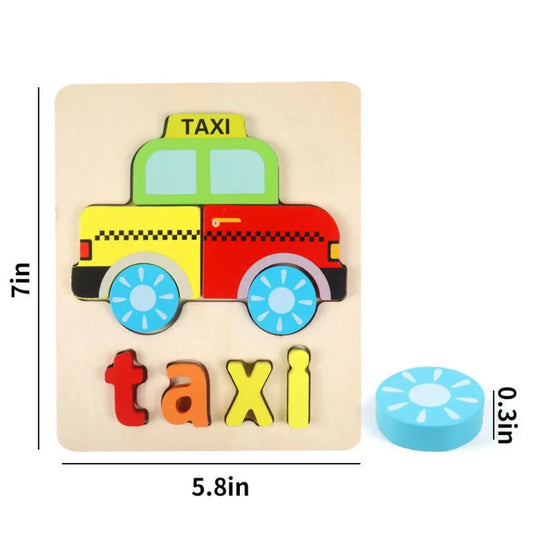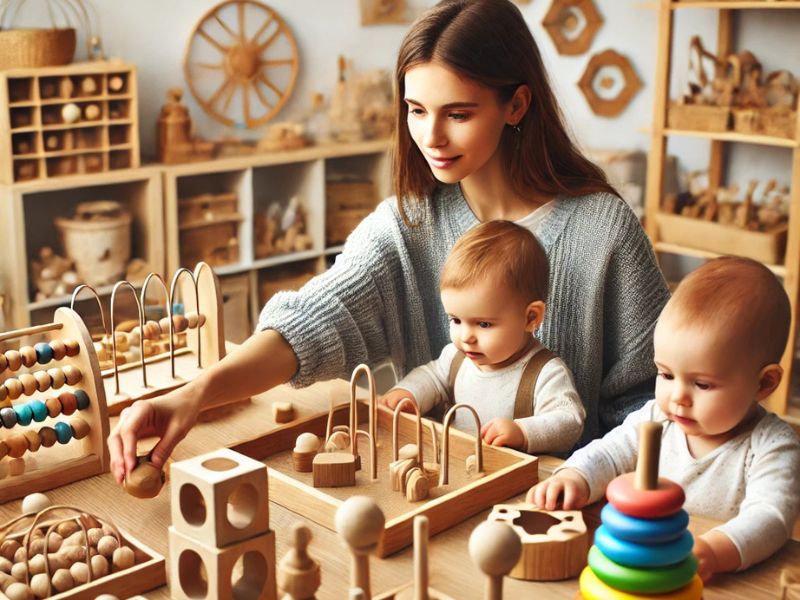Why are Montessori toys wooden? Montessori toys are designed with a clear purpose: to support a child’s natural development through hands-on exploration and play. One distinguishing feature of these toys is that many of them are made from wood. In this Guide to Montessori Toys in Australia, we will explore why wood is the preferred material in the design of Montessori toys. As we compare Montessori Toys vs Conventional Toys, it becomes clear that the use of wood offers unique benefits that contribute to a child’s cognitive, sensory, and motor development. Montessori Toys Australia provides a wide range of wooden toys that are simple, durable, and designed to encourage creative and purposeful play.
The choice of wood as the primary material for Montessori toys is not accidental. Wooden toys are more than just aesthetically pleasing—they offer a tactile experience that plastic or electronic toys cannot provide. Wood has a natural texture and warmth that engages a child’s senses, making it an ideal material for toys that encourage sensory exploration. Additionally, wooden toys are known for their durability and sustainability, which aligns with the Montessori philosophy of respecting the environment and promoting long-lasting, purposeful products.
1. The Montessori Approach to Toys: Simplicity and Purpose
Montessori education is based on the belief that children learn best through hands-on, purposeful activities. In a Montessori environment, toys are intentionally designed to be simple, functional, and free from unnecessary distractions. This approach allows children to focus on the task at hand and engage in deeper exploration and learning.
Wooden Montessori toys, with their natural textures and minimalist designs, align perfectly with this philosophy. Unlike plastic toys that may have lights, sounds, or electronic components, wooden toys are quiet and tactile, encouraging children to use their imagination and problem-solving skills. For example, wooden stacking rings and building blocks allow children to explore concepts like balance, size, and spatial relationships without the distractions of flashing lights or artificial sounds.
Simplicity is key to fostering a child’s natural curiosity. Wooden toys provide children with open-ended play opportunities, allowing them to explore multiple ways to interact with the toy. This type of play supports cognitive development, as children are encouraged to think creatively and find new ways to solve problems. In contrast, many conventional toys that use plastic or electronics offer limited ways to engage, which can stifle creativity and limit the child’s learning experience.

2. The Durability and Longevity of Wooden Montessori Toys
One of the key benefits of wooden Montessori toys is their durability. Children, especially young ones, are naturally rough on toys as they explore their environment. Wooden toys are strong and sturdy, able to withstand the wear and tear of daily play without breaking or becoming damaged. This durability ensures that Montessori toys can be used for years, often passed down from one child to another or even kept for future generations.
This long-lasting quality also reflects the Montessori philosophy of sustainability and respect for the environment. Wooden toys, especially those made from sustainably sourced wood, are eco-friendly alternatives to plastic toys, which often end up in landfills. By choosing wooden toys, parents are not only investing in their child’s education but also making an environmentally conscious decision.
Additionally, wooden toys are timeless. Their classic, simple designs make them appealing to children of all ages, meaning that a wooden puzzle or stacking toy can continue to be engaging for a child as they grow. The durability of wooden toys also means that they can be used repeatedly in various ways, supporting open-ended play and creativity.

3. Supporting Sensory Exploration and Motor Skill Development
Wooden Montessori toys are ideal for sensory play, which is a crucial part of early childhood development. Unlike plastic toys, which often feel uniform and artificial, wooden toys provide children with a rich sensory experience. Wood has a natural texture, weight, and warmth that plastic toys cannot replicate, making it more engaging for children’s senses.
-
Texture: The natural texture of wood allows children to explore different sensations, helping them develop their sense of touch. Montessori toys like texture boards or wooden blocks offer a variety of surfaces for children to feel, which is important for sensory integration and tactile awareness.
-
Weight and Balance: Wooden toys often have more weight than plastic toys, which adds a valuable element to play. When children interact with heavier toys, such as wooden building blocks or stacking rings, they learn about balance, stability, and gravity. These experiences support the development of fine motor skills and hand-eye coordination.
-
Natural Colors: Many wooden Montessori toys are left in their natural state or painted with non-toxic, natural dyes. The soft, muted colors are less overwhelming than the bright, synthetic hues of many plastic toys, providing a calming visual experience for children. This simplicity helps children focus on the activity rather than being distracted by overly stimulating visuals.
Sensory exploration with wooden toys is not only enjoyable but also essential for cognitive and motor development. By engaging children’s senses in a meaningful way, wooden Montessori toys help build the foundation for future learning.

4. Encouraging Creativity and Open-Ended Play
Montessori education emphasizes the importance of open-ended play, where children are free to explore and interact with toys in multiple ways. Wooden toys, with their simple and versatile designs, are perfect for this type of play. Unlike toys with predetermined functions or electronic components, wooden Montessori toys encourage children to use their imagination and creativity.
For example, a set of wooden blocks can be used to build a tower, a bridge, or even a house. There are no rules or specific instructions, allowing children to invent their own structures and stories. This type of play fosters creativity and cognitive flexibility, skills that are important for problem-solving and critical thinking.
Another example of open-ended play with wooden Montessori toys is a bead threading set. While the primary goal may be to thread beads onto a string, children can also use the beads to sort by color, count, or create patterns. These activities help children develop fine motor skills while also encouraging them to think creatively and explore different ways of interacting with the toy.
Wooden Montessori toys provide endless possibilities for play, allowing children to grow and learn through their own discoveries.

5. The Environmental and Health Benefits of Wooden Montessori Toys
In addition to their educational value, wooden Montessori toys offer significant environmental and health benefits. Many wooden toys are made from sustainably sourced wood, making them an eco-friendly choice for parents who want to reduce their environmental impact. Wooden toys are biodegradable, unlike plastic toys, which can take hundreds of years to decompose in landfills.
Moreover, wooden Montessori toys are free from harmful chemicals that are often found in plastic toys, such as BPA (Bisphenol A), phthalates, and PVC (polyvinyl chloride). These chemicals have been linked to various health concerns, especially for young children who often put toys in their mouths. Montessori toys are typically made with non-toxic, water-based paints and natural oils, ensuring that they are safe for children to handle and explore.
Choosing wooden Montessori toys not only supports a child’s development but also promotes a healthier and more sustainable lifestyle. Parents can feel confident that they are providing their children with toys that are both safe and environmentally responsible.
Conclusion: Why Montessori Toys Are Wooden
Wooden Montessori toys are more than just beautiful objects—they are essential learning tools that support a child’s cognitive, sensory, and motor development. Their simplicity, durability, and natural qualities make them ideal for promoting open-ended play, creativity, and problem-solving. By choosing wooden Montessori toys, parents are not only investing in their child’s education but also making an environmentally conscious decision that benefits both their child and the planet.
Wooden Montessori toys provide children with a tactile, engaging play experience that plastic toys simply cannot match. Whether it’s through stacking rings, building blocks, or sensory boards, these toys offer endless opportunities for exploration, growth, and learning. By incorporating wooden Montessori toys into daily play, parents can create a learning environment that fosters curiosity, independence, and a love for discovery.
